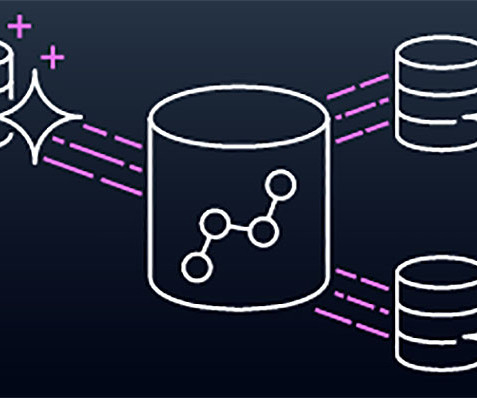Lay the groundwork now for advanced analytics and AI
CIO Business Intelligence
AUGUST 3, 2023
But reaching all these goals, as well as using enterprise data for generative AI to streamline the business and develop new services, requires a proper foundation. That hard, ongoing work includes integrating siloed data, modeling, and understanding it, as well as maintaining and securing it over time.














Let's personalize your content